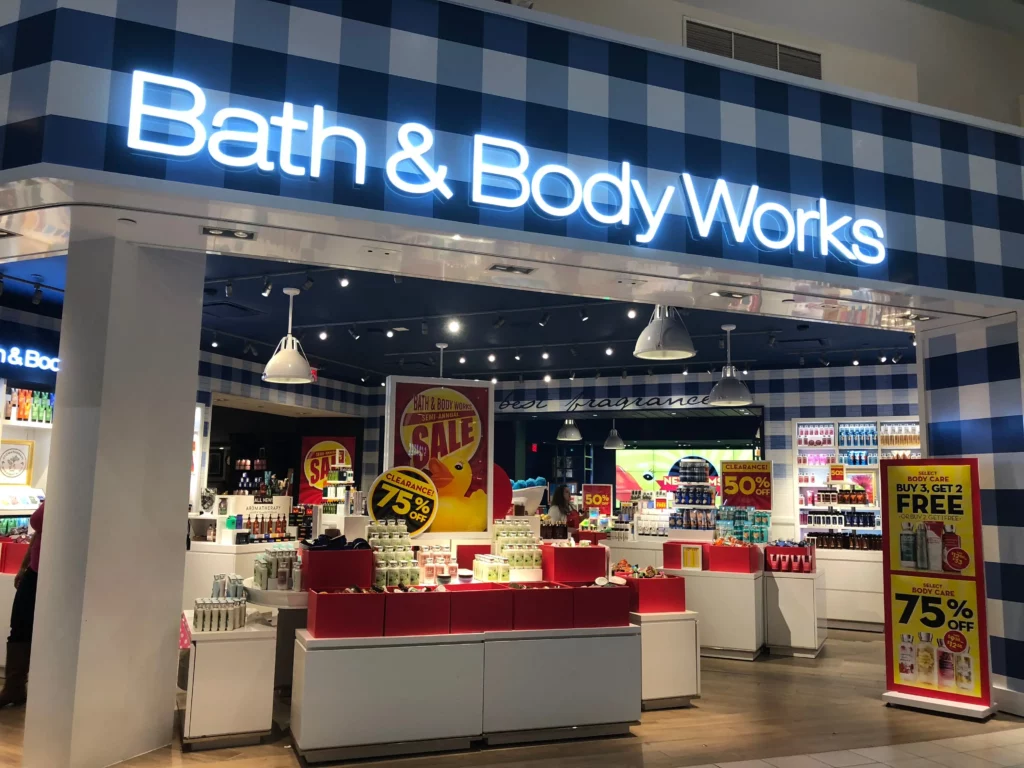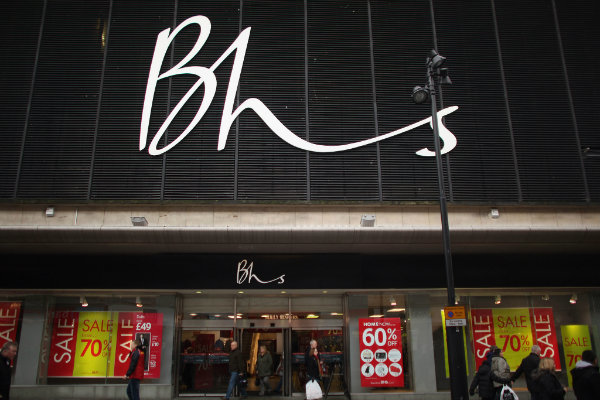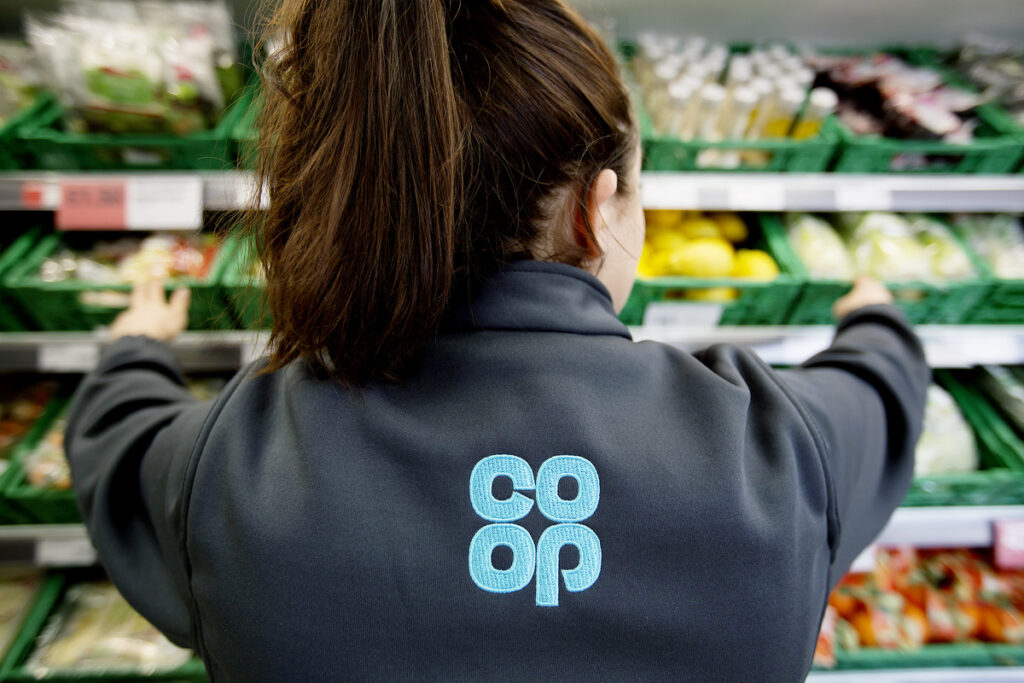Big retailers including Sainsbury‘s and Tesco are increasingly making a big push forward with their own mobile payments systems. Their move signals that this technology is gearing towards the mainstream, and as such now is a good time to look at the successes and failings of its adoption in restaurants and bars.
There are many similarities between the retail and hospitality industries, particularly when it comes to the payment process. For example, looking at customer service targets, a large consideration is often on queue time to the POS, and this extends to restaurants also. Speed of payment is clearly a top priority for both sectors – convenience shoppers want an enjoyable experience, so when they want to go, they want to pay quickly without queuing for long, if at all. Here we look into the lessons that should be taught, or at least revised, before mobile payments hit the shelves.
Why service is king
Mobile payments are becoming increasingly instrumental in freeing up time for waiters thus allowing them to give a more personal experience for diners. When the cashier is similarly liberated, they should take full advantage of this and provide tailored after-sell recommendations to drive revenue. Likewise, the use of mobile technology can create memorable in-store experiences, as it is already showing to promote a certain “wow” factor in restaurants. The latter point is particularly relevant in this context as retailers vie to stand out in a crowded market and attract greater footfall.
Know your regulars…
By offering mobile payments in restaurants, businesses of all sizes have been given the power to better understand their diners; to know their tastes, their habits, and ultimately what they like to spend their money on. For small, independent restaurants, this is something that has rarely been offered without a costly, complicated CRM system. Retailers have historically spent vast sums of money to gain these kinds of customer insights, money that could be saved by using complete mobile payments platforms.
…and keep them coming back
As we know, promotional offers play a large part in the motivations for retail customers and diners alike and they will often incentivise a return visit. Retailers understand this need to attract customers in but also the need to keep them in for longer, which is achieved by using selectively placed, targeted promotions all around the store. “Traditional” advertising such as this and others like leaflets and online campaigns results in vast amounts spent by retailers to drive footfall to their stores. Many have been slow to realise that mobile payment services can push bespoke promotions to consumers through a push notification and message to an in-app inbox. Whilst this won‘t necessarily replace traditional advertising, at least not yet, it does give retailers the extremely valuable ability to communicate directly with the shopper‘s most used device – the smartphone.
Ease of adoption
The mobile payment services currently on the market come in several forms; some employ the use NFC (Near Field Communications) in modern smartphones, some use online wallets, and others (such as Zapper) utilise versatile QR codes. The hospitality industry has shown that with multiple competing forms, the consumer can often get confused and sometimes hesitant to use the technology. Retailers should render the transition as simple as possible by sticking to a unified approach, one that is easy to understand, effective, and accessible to everyone.
Gerry Hooper, Sales and Operations Director for Zapper















